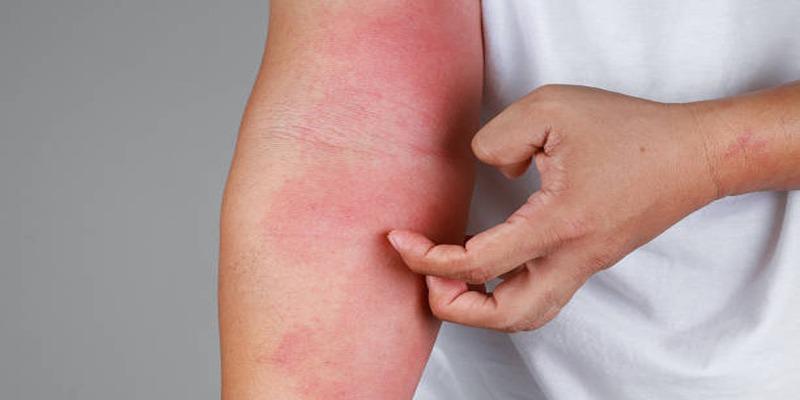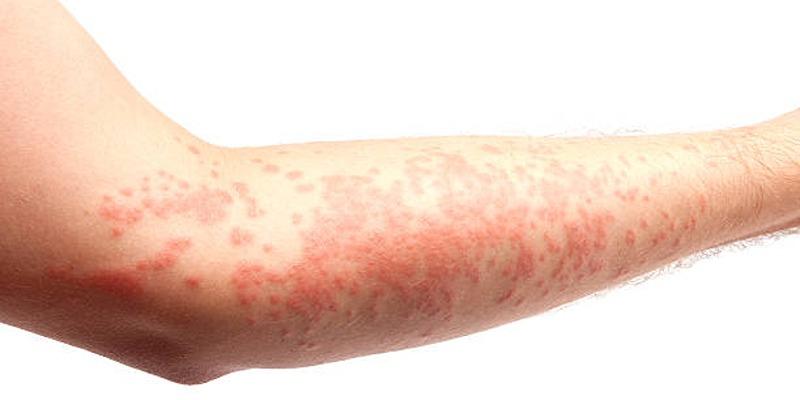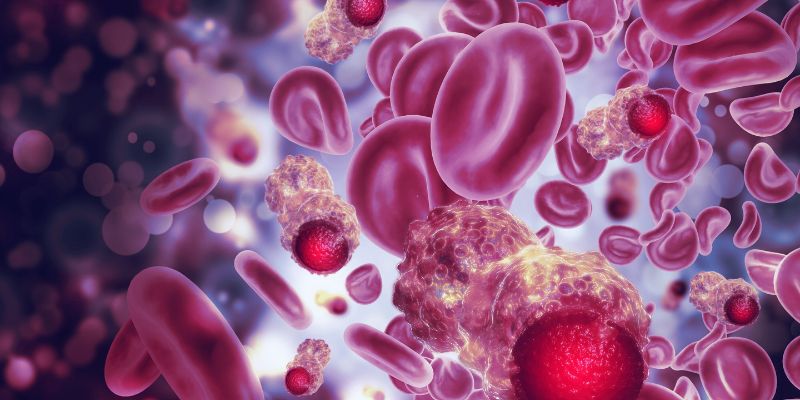Think Your Child is Allergic to Penicillin? What You Should Know
Little Ones commonly report penicillin allergies although many of these reports turn out not to be actual allergic responses. When penicillin allergies are misdiagnosed or when outdated information occurs it leads patients to avoid appropriate treatment through penicillin and related antibiotics resulting in limited available treatment methods. Your child's complete healthcare requires determining the accuracy of their penicillin allergy status. Rashes together with swelling of tissues frequently prompt worry yet that does not always mean the body is experiencing an allergic reaction.
Understanding Penicillin Allergies
Penicillin allergies occur when the immune system mistakenly treats penicillin as a harmful substance, triggering an allergic response. These reactions can vary from mild to severe, depending on the individual. Common symptoms include rashes, hives, itching, swelling, and, in rare cases, anaphylaxis—a life-threatening condition requiring immediate medical attention.
It's important to distinguish true penicillin allergies from other adverse reactions. For instance, side effects like stomach upset or diarrhea are frequent but do not indicate an allergy. Mislabeling these side effects as allergies can lead to unnecessary avoidance of penicillin and its related medications, which may be less effective or come with more significant side effects.
How Common Are Penicillin Allergies in Children?
Around 10% of people report having a penicillin allergy, but over 90% of them are not truly allergic when tested. This misunderstanding often arises from childhood reactions that were either misinterpreted or never properly evaluated. For example, a rash that develops during an illness is frequently mistaken for an allergic reaction, when in reality, it may simply be a symptom of the underlying infection.
Penicillin is commonly prescribed to children for infections like strep throat or earaches, making it essential to accurately identify true allergies. Misdiagnosing a penicillin allergy can unnecessarily restrict treatment options, leading to the use of broad-spectrum antibiotics. This not only limits effective care but also contributes to the growing issue of antibiotic resistance.
Recognizing Penicillin Allergy Symptoms in Children:

If your child has recently taken penicillin and begins exhibiting unusual symptoms, they may be having an allergic reaction. Knowing the warning signs can help you respond quickly and appropriately. Here’s what to look for:
1. Skin Reactions
Skin reactions are the most common sign of a penicillin allergy. These may include hives, rashes, or persistent itching, which can appear within hours or days after taking the medication. Symptoms can range from mild localized irritation to widespread redness and discomfort. If left unaddressed, these reactions may worsen, so it’s important to monitor them closely and seek medical advice if needed.
2. Swelling
Allergic reactions often cause localized swelling, especially in sensitive areas like the face, lips, tongue, or throat. This condition, known as angioedema, can be uncomfortable and, in severe cases, may obstruct breathing or swallowing. Swelling may develop suddenly or gradually over several hours. Any significant swelling warrants prompt medical attention.
3. Breathing Difficulties
Respiratory symptoms, such as wheezing, shortness of breath, coughing, or chest tightness, can signal a more serious allergic reaction. These symptoms may escalate quickly and should always be taken seriously. A persistent runny nose or congestion may also accompany breathing difficulties, further emphasizing the need for immediate care.
4. Digestive Issues
Although less common, a penicillin allergy may also trigger gastrointestinal symptoms like nausea, vomiting, or diarrhea. These symptoms can occur on their own or alongside other allergic reactions. While usually less severe, persistent digestive issues can cause discomfort or dehydration and should not be ignored.
5. Anaphylaxis
Anaphylaxis is a rare but life-threatening allergic reaction that requires immediate medical attention. Symptoms may include difficulty breathing, a rapid or irregular heartbeat, a sudden drop in blood pressure, and loss of consciousness. This severe reaction can progress rapidly and demands urgent intervention, including the use of epinephrine.
How to Diagnose a Penicillin Allergy?
If you think your child might be allergic to penicillin, it’s crucial to seek guidance from a healthcare professional for accurate testing. The diagnostic process typically includes the following steps:
- Reviewing Medical History: The doctor will discuss your child’s symptoms, when they occurred, and whether they’ve previously taken penicillin or similar antibiotics.
- Skin Test: A small amount of penicillin is applied to the skin via a scratch or injection. The appearance of redness or a raised bump may indicate an allergic reaction.
- Blood Test: In some cases, a blood test may be used to assess the immune system’s response to penicillin.
- Oral Challenge: Considered the most definitive test, this involves administering a small dose of penicillin under medical supervision to monitor for any reactions.
Managing a Penicillin Allergy:

A penicillin allergy diagnosis in your child requires careful management to ensure their safety. Here are key steps to handle it effectively:
- Notify Healthcare Providers: Always inform doctors, dentists, and pharmacists about your child’s allergy. This helps prevent the prescription of penicillin or related antibiotics.
- Keep an Epinephrine Auto-Injector Handy: If the allergy is severe, your doctor may recommend carrying an epinephrine auto-injector, like an EpiPen, to quickly address potential anaphylactic reactions.
- Consider Alternative Antibiotics: There are many safe and effective substitutes for penicillin. Your healthcare provider will recommend the best options tailored to your child’s needs.
- Educate Your Child: As your child matures, teach them about their allergy and how to communicate it clearly to others in various settings.
The Dangers of Mislabeling a Penicillin Allergy:
Labeling a child as allergic to penicillin without proper confirmation can have far-reaching consequences. It often results in the use of alternative antibiotics that may be less effective, more costly, or carry harsher side effects. Moreover, the widespread use of broad-spectrum antibiotics increases the risk of antibiotic resistance, an escalating global health challenge.
If your child was previously diagnosed with a penicillin allergy but hasn’t undergone recent testing, it’s worth consulting an allergist for re-evaluation. Many children outgrow penicillin allergies and can safely use the medication later in life.
Conclusion:
Penicillin allergies in children are frequently misunderstood, resulting in unnecessary limitations on treatment options. By recognizing the symptoms, pursuing an accurate diagnosis, and managing the allergy appropriately, you can ensure your child receives optimal care. If you suspect a penicillin allergy, consult a healthcare professional without delay. With thorough evaluation and expert guidance, you can make confident, informed decisions to support your child’s health and well-being.











